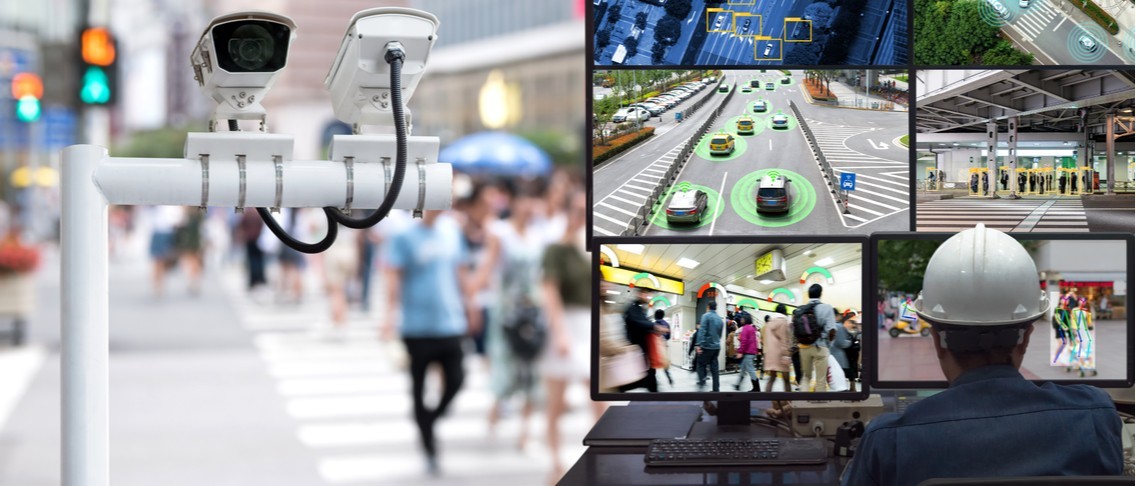
focus on archive
Safety made Smarter
The definition of "Smart City" is incredibly wide, which includes all technological systems that aim to improve the quality of life of those who live there.
The relationship between this new way of understanding the urban reality and its inhabitants is still limited to the use of information.
The systems of the most advanced cities could offer many more benefits; just think of the major municipalities in Europe that, through the concession of advertising space, pubblished on displays and installed throughout the city, were able to reinvest the profits in services to the inhabitants.
Choosing the "smart city" model means, investing to improve the well-being of the citizens from different points of view and one of the key indicators is to measure, how safe people feel.
Among the first concerns of a Smart system, should therfore be a project capable of reducing all possible risks: crowd monitoring, video-recording analysis, geolocation sensors, all become fundamental resources to move the concept of Smart City towards that of Smart Safe City.
All too often security is considered only after catastrophic events.
According to the Mckinsey, Report on “Digital Solutions for a more livable future”, which analyzed the use of this technology in 50 important cities of the world; speeding up transport by reducing the risk of accidents, smart systems to report or manage an emergency, reducing the crime rate with video surveillance and intelligent lighting, would only be some of the simplest applications for digitalizing cities.
If we take for example the emergency management functions; inhabitans can use a device to send an S.O.S request that connects them in video call with the nearest operations center, reporting the nature of the emergency and providing geolocation to the police or to first aid services.
These interconnected security technologies and systems are able to simplify data management and information exchange, as well as permitting a widespread and effective control of areas and activities at risk.
The closer we get to the smart city concept, the more we can offer security services to the people; even in remote areas, in dangerous and emergency situations, greatly optimizing the response times of the competent authorities and offering immediate assistance to those in need of help.







